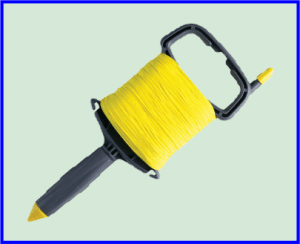
Teaching and learning resources for the construction industry with NVQ and Diploma Assessment Criteria
Unit 206 Construct cavity walling forming masonry structures
The aim of this unit is to provide the learner with the
knowledge and skills to construct walling to form masonry structures
The learner will:
1. understand how to plan and select resources for practical tasks
The learner can:
1.6 Identify risks involved in selecting and handling walling materials and components
The Brick Line is also known as the Masonry Line or Ranging Line, the term “Ranging Line” is normally used for setting out the building and they need to be extra-long.
Brick lines speed up the job if you use them correctly, plus you are not using the spirit level so often, and give you a straight line for accuracy when laying bricks or blocks
Traditionally Brick Line was made from Cotton or good-quality Hemp ensuring that the Brick Line was not too thick.
The issue with Cotton and Hemp lines they have a tendency to get mildew, if they are allowed to get damp or wet this will affects the strength of the line.

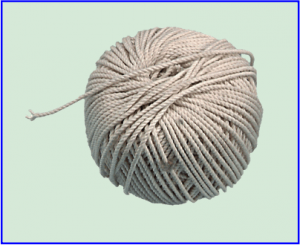
Cotton Line
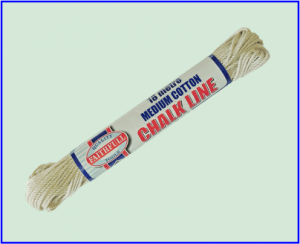
Cotton Line
Synthetic fibres such as nylon and polyethylene have become more popular as a good brick Line.
Nylon will not mildew and is affected less by moisture and humidity.
It should be abrasion- and alkali-resistant, so it is not easily damaged by trowels and other tools.
Structure of brick lines consist of strands, this could be twisted or braided.
Ideal brick line for long brick courses is an braided line, the structure helps to eliminate sagging lines in the middle of the wall, if you still have an issue with sagging then use a tingle plate.
Braided Nylon Brick`s Line is a product used everyday by the Professional Bricklayers for the above qualities.
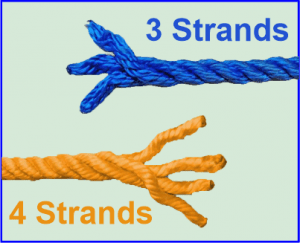
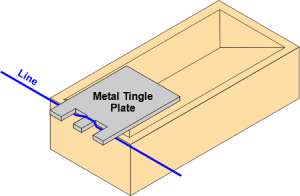
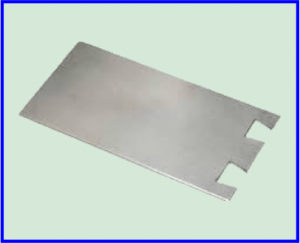

Brick Line
Twisted lines are a type of yarn (woven fibres) that consist of interlocking threads that have been spun together to form a string or rope, increasing its strength.
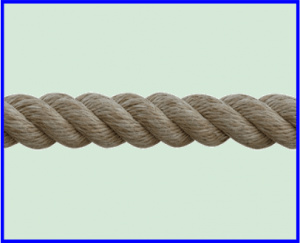
Twisted Builders Line
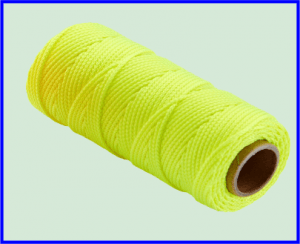
Brick Line
Braided lines are where the individual threads have been woven together in an interlocking braided pattern to increase their strength.
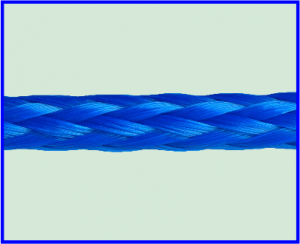
Braided Builders Line
You shouldn’t have any knots on a brick line, because the line is likely to be held away from the wall by the body of the knot, lines should be repaired by splicing.
see the illustrations below.
Bricklayers calls knotted line a “butterfly”, and such a line leads to inadequate brickwork
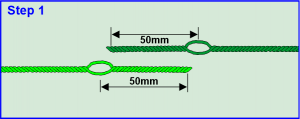
Step 1
To splice a broken line together trim off both ends with a Stanley knife ensuring that you remove all the loose strands and fibres.
Unravel a small portion of the line and form a small hole about 50mm away from each end, then thread the ends of the line into each other holes.
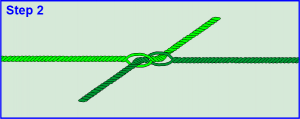
Step 2
Pull the ends of the line tight so that the unravelled portions come together.

Step 3
Unravel another small hole about 36mm away from the connection on each side and thread in the loose end.
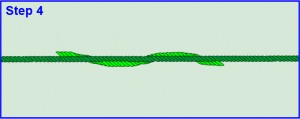
Step 4
Once again pull each end of the line so that the unravelled portions come together, then cut off any surplus line.
Nylon lines they may be spliced in a similar way but, as the ends of the line tend to fray, they should be sealed by heating with a cigarette end or gently heating with a match.
When the remaining length becomes too short the whole line should be replaced, personally I would only use a splice line for a temporary measure, it may well be that the structure of the line is breaking down due to age and you may end up repeating the splicing process again.
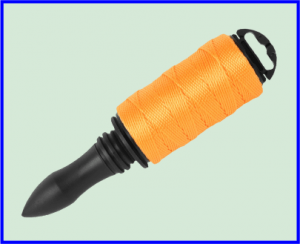
Bricklayers use ranging lines to set out the floor plan, bricklayers should check or dimensions on the plans before setting up ranging lines.
Profile boards are needed to attach the ranging lines to, check ranging lines corners for square by using 345 methods and for the final check the diagonals of all rooms
When setting out a building you need profile boards and pegs, after setting up all your ranging lines you check all corners using the 345 method and check the diagonals of each room and the overall plan of the building to ensure it is square.
